SHRP: One for all, all for one
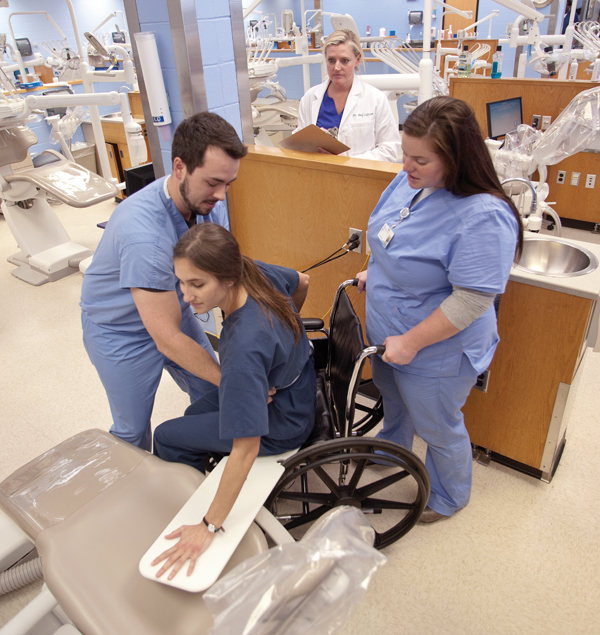
When the School of Health Related Professions fires up its grills for a student cookout, Caroline Campbell gets much more out of it than free hot dogs and chips.
She gets to chat with students who aren't in her occupational therapy classes. If not for the hot dog line, she might never even greet them in a SHRP hallway.
"You might be standing with someone you don't know, and you get to talking," said Campbell, a Madison resident and first-year OT student. "I know some students in physical therapy, but X-ray technology and laboratory sciences - we don't know them as much. I'd enjoy getting to know others, especially out-of-town people who don't live here.
"You make friends in your own classes, but you might have a potential roommate who might be in another field. The cookouts are a great way to network."
Bringing SHRP's 648 students and 103 faculty together for social and learning activities is the goal of the school's dean, Dr. Jessica Bailey. She and other administrators want to unify academic departments, creating one central identity under the SHRP umbrella.
They're addressing a challenge that's existed for years: Students and teachers in different academic disciplines often don't know each other because their fields usually don't intersect.
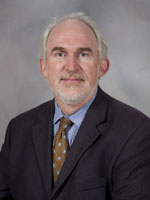
"Their curricula are just completely different paths," said Dr. Steve Watson, associate dean for student services, who's taking a lead role in spearheading student cookouts and other fun activities geared to attract all departments. "The students are all focused on being the best health-care providers they can be, but their theories are different, and they don't find themselves in class together.
"We're not like a traditional institution where a lot of people begin together with English 101. But they see each other in our building, and their curiosity is raised."
SHRP offers bachelor's degrees in medical laboratory science, cytotechnology, dental hygiene, health sciences, health informatics and information management, radiologic sciences and a post-baccalaureate program in nuclear medicine and magnetic resonance imaging. SHRP also offers a master's of health sciences, master's of occupational therapy, master's of health informatics and information management, a doctor of physical therapy and a doctor of health administration.
It's easy to see why students in radiologic sciences, for example, wouldn't share a classroom with cytotechnology majors. But they could still rub shoulders in a classroom hallway and meet others outside their fields - if opportunities are made available.
"One of the interesting things about SHRP that is amazing and a challenge is that there are so many programs," said Eric Holland of Vicksburg, the student body president. He's pursuing a doctorate in physical therapy.
"If you take dental hygiene, a first-year student doesn't generally interact with a second-year, or a first-year PT student with the second-year. Compound that challenge with all the different programs under the SHRP umbrella," he said.
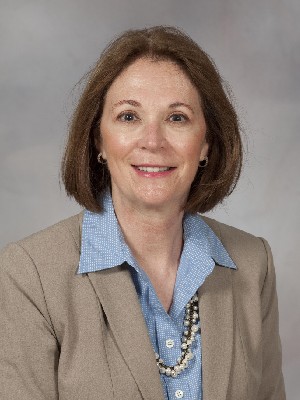
Bailey, professor of clinical health sciences and a 1980 SHRP health informatics and information management graduate, vowed when she became dean in May 2013 to bring the school's disciplines together.
"It is very near and dear to my heart," she said. "When I speak at orientation, I tell them that when I was a student here, it was that same way. I didn't know who the dental hygiene students were. I didn't know the PT students.
"We all had our own little class. Everyone was doing their own thing."
Students and faculty need to intermingle, Bailey said.
"The key buzzword in education today is interprofessional," she said. "We're being asked to create teams. When students graduate, they don't work alone. They're part of a health-care team.
"I'm trying to create the mindset that we learn together, and we learn how that integrates into what other people are doing."
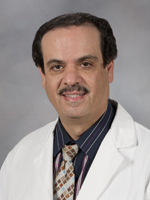
"This is really desperately needed," said Dr. Hamed Benghuzzi, professor and chair of diagnostic and clinical health sciences and director of the clinical health sciences graduate program. "Sometimes, the disciplines vary tremendously, and you don't see in the curriculum something to bring them together.
"Dr. Bailey is trying to make a more interactive environment for students. They may end up at the same hospital, but they need to network now and help each other to effectively care for patients."
Covington, Louisiana, resident Gabrielle Campo, who's in her last year of the dental hygiene program, agrees it can be hard to interact with students outside a given major.
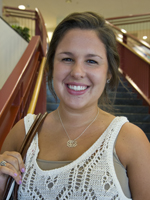
"I'm in student government, so that's how I've gotten to know other departments," said Campo, who serves as vice president. "The effort has to be there to meet people. You do so much with your individual department that it's almost like a safety blanket."
Campo, Holland and Campbell said they have definitely noticed and appreciated the efforts of Bailey and the administration to unify departments, students and faculty. Among them:
* Soon after she became dean, Bailey placed OT and PT faculty on the same hall, and arranged radiologic sciences next to medical laboratory science.
"When I came into this position, there was no structure so far as faculty offices," she said. "People were located in a hit-or-miss way.
"It's useful for the faculty to get to know each other," she said of the new configuration. "They can collaborate. They can know what each discipline is all about."
* Faculty recently added a new wrinkle to a decades-old exercise that brings together OT and dental hygiene.
OT students teach their dental hygiene counterparts how to safely transfer a disabled or elderly patient from a wheelchair to a dental chair using a special board that allows them to slide from one chair into another.
"This is the second year that the OT and dental hygiene students have worked with dentists and dental residents to educate them on the process," Watson said.
In turn, "we teach them brushing, flossing, denture care and blood pressure," Dr. Amy Sullivan, associate professor of dental hygiene, said of the OT students. "It's a swap."
* Administrators created SHRP Focus, a quarterly get-together where faculty and staff enjoy a meal and give brief reports on what's going on in their academic areas, along with an e-learning update and often a guest speaker.
"I've tried to include something fun for everyone," Bailey said. "We have had SHRP Jeopardy, with questions about the faculty members and administrators.
"I found an old VHS tape created by the faculty before the new part of our building was added on in 1999. At that particular meeting, we focused on SHRP then and SHRP now."
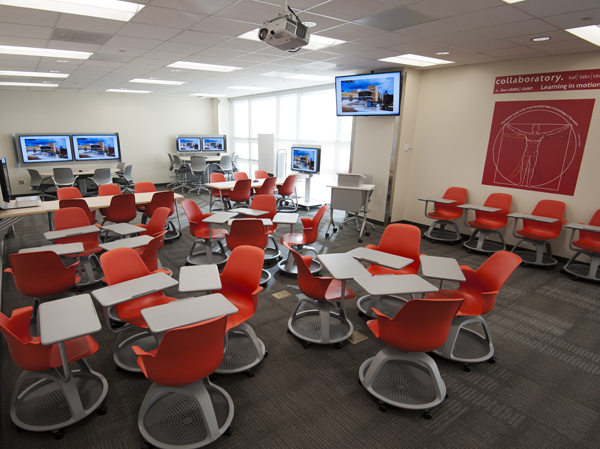
* A classroom space has been designated the "Collaboratory," a gathering place useful for interactive learning and collaboration between students and faculty.
"It's also become a popular gathering place for students and is available after 3 p.m.," Bailey said. "For faculty in our building and across campus, the space may be reserved between 8 a.m. and 3 p.m.
"People my age walk into the room and say, 'This is like being on the bridge of the starship Enterprise.' The students think it's like being in the Apple store. There's a lot that goes on there that isn't discipline-specific."
* Graduating students were treated to an informal party, complete with a DJ, last year - an event that will take place every spring.
"It was truly our very first alumni reunion, even though they hadn't graduated yet," Watson said. "It was a lot of fun to see them interact. They just wanted to be with each other and talk.
"Part of the emphasis here is to let them see that we're a school, not just departments."
That was followed in fall 2014 with a first-ever function to welcome all students back to school.
"It's an opportunity for some of our online students to interact at a different level," Watson said. "They're coming here to learn, but this gives them the opportunity to put names with faces."
* New OT and PT students enjoy a summer cookout at the SHRP picnic area before fall classes begin.
"It's hot dogs, chips and different kinds of ice cream," Bailey said. "We want them from the time they get here to be in the mindset of not just knowing their own class, but other disciplines, too.
"We're doing everything we can to get them to know each other."
Benghuzzi said he coordinates with other faculty members to offer lectures attended by students in different disciplines. Earlier this spring, medical laboratory sciences and dental hygiene students came to his talk on diseases of the endocrine system.
"It doesn't have to be a whole course, but just a specific lecture in a specific area," he said. "This brought them together."
Establishing a single SHRP identity "is not something that's going to happen overnight, but already, I see positive cultural changes," Bailey said. "I see the students interacting more, and I see positive interaction with the faculty."
"I absolutely support the concept," said Ken Heard, assistant professor of cytotechnology. "There's a lot to be learned by the team approach and things you might pick up by talking to a different professional than those in your own department."
Last November, Bailey said, Watson came to her office after all classes had ended.
"I've got to show you something," he said.
"He took me to the computer lab and opened the door," Bailey recalled. "There wasn't an empty seat. It was packed with students, all working together in groups on projects or studying, and it wasn't just one discipline. Almost every discipline was represented.
"I can't tell you how special that was. It makes everything worth it."


